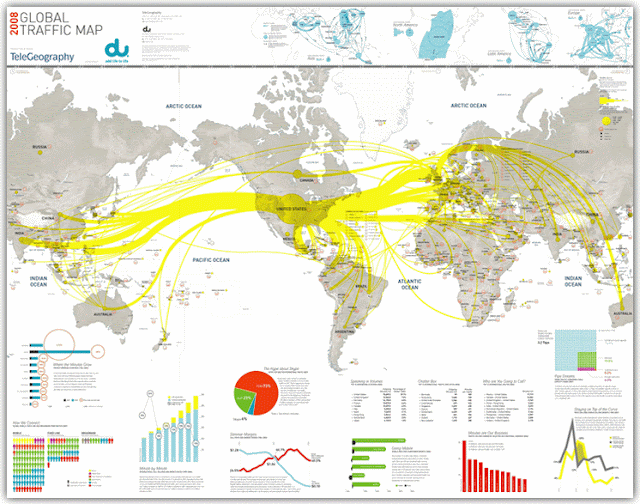International Students in America and the Case for More Equitable Financial Aid
I recently travelled to New England for a few days to see family and friends and to pick my little brother up from sleep-away camp. While I was there, I decided to visit a few small liberal arts colleges as well since I will be applying to colleges this year. During each information session, the admissions counselor, without fail, would make a point of discussing their school’s robust financial aid program, and for good reason; higher education has historically excluded students from disadvantaged backgrounds. But, particularly after two summer programs where I had numerous peers from all over the world, one group of applicants was flagrantly glossed over in these discussions of financial aid: international students. Perhaps their omission was an unfortunate byproduct of a program tailored to domestic applicants, an intentional decision to save time, or a mere oversight. However, I suspected there were other reasons these sessions did not readily offer up such information.
While all three schools practice need-blind admissions—where an applicant’s ability to pay tuition and other fees is not factored into the ultimate admission decision—for domestic students, just one does so for international students. Only four colleges in total—Harvard, Yale, Princeton and Amherst—have fully need-blind approaches for all students. The two schools I visited that do not have need-blind admissions for all students could offer various explanations as to why they do not: a prioritization of disadvantaged domestic students, a commitment to the more immediate communities they inhabit, or a simple inability to make financial aid available to all deserving applicants from other countries. One of the schools has a cap on how many international students can receive financial aid in proportion to the amount of international students paying in full. (However, they claim this self-imposed limit does not usually alter the makeup of the group of admitted students.) The other simply states that they are need-aware for international applicants without any further information. I do not believe it is reasonable to expect all universities to have as generous a financial aid program as those of the schools listed above, but I do think we American students should consider the difficulties low and middle income international students face in attempting to attain an education in what should be a land of opportunity.
Though contemporary conversations surrounding immigration are fraught with divisive rhetoric and absolutist perspectives, the value of supporting international students who are in pursuit of degrees from American universities should be obvious. Aside from the novel perspectives and unique background they bring to a college campus, students from other countries also are often just as qualified as—if not more qualified than—their domestic counterparts. State-run universities perform the valuable and very necessary role of offering relatively inexpensive education to its residents. But, for private universities, even those that place an unofficial limit on the number of international students they serve, applicants’ socioeconomic status should not be the determining factor in their admission or rejection. If this shift necessitates a slight reduction in the number of international students or demands a wholesale restructuring of a university’s priorities, so be it. No international student should be turned away from the wealthiest of American educational institutions because of their ability to pay.




Comments
Post a Comment